-
01
Research Objective
Cover Crop and Subsequent Cash Crop Performance:
Cover crops will be evaluated for percent germination and established stand diversity and cover crop coverage and biomass by species at each TD. In the second and third year of the project, the subsequent winter wheat will be assessed following cover crop and in the BAU system for emergence, stand, mature biomass, yield, grain moisture and protein.
Soil Physical Properties:
Soils will be sampled to assess soil aggregate stability, resistance to vertical penetration, infiltration rates in cover crops and subsequent winter wheat.
Soil N and Organic Matter:
Plant available nitrogen in the first 1 m of soil will be assessed in one TD in LD, HD and PC cover crop treatments at each site. Plant available nitrogen, and total nitrogen in above ground biomass will be used to evaluate the impact of each cover crop treatment on nitrogen uptake, additions and availability to the following crop. Soil organic matter will be estimated by loss on ignition.
Weed and Insect Pressure and Biodiversity:
Weed abundance, coverage and diversity will be assessed with six 1-m2 quadrats in each cover crop strip and in subsequent and BAU winter wheat twice each year. Insect pests and beneficials will be assessed by vacuum sampling on transects at the same times.
-
02
Research Objective
Sensors linked to data loggers (Acclima, Meridian ID) will continuously monitor soil moisture and temperature at two depths in each cover crop at TD2 and TD3 in one replicate block per farm. These continuous measurements will allow assessment of tradeoffs between moisture conservation and biomass production. As a complement, soil moisture will be measured gravimetrically based on soil samples in 20 cm increments to 1.5m in each plot at the beginning and end of each growing season. Volumetric water contents will be calculated utilizing measured bulk density values. Water infiltration rates will be measured in all treatments each spring and after the final TD.
-
03
Educational Objective
Use information from Objectives 1 and 2, existing literature and data, and grower interviews to develop the first comprehensive online support system for iPNW cover crop management.
About
Our website is dedicated to promoting the use of cover crops and fostering a community of farmers to exchange knowledge and experiences. Join us in exploring the benefits of incorporating cover crops in agricultural practices. For more information on the PaNDAS project, click the following link to download a PDF of our project overview: WSUFN Soil Health Coffee Hour, June 28, 2023.
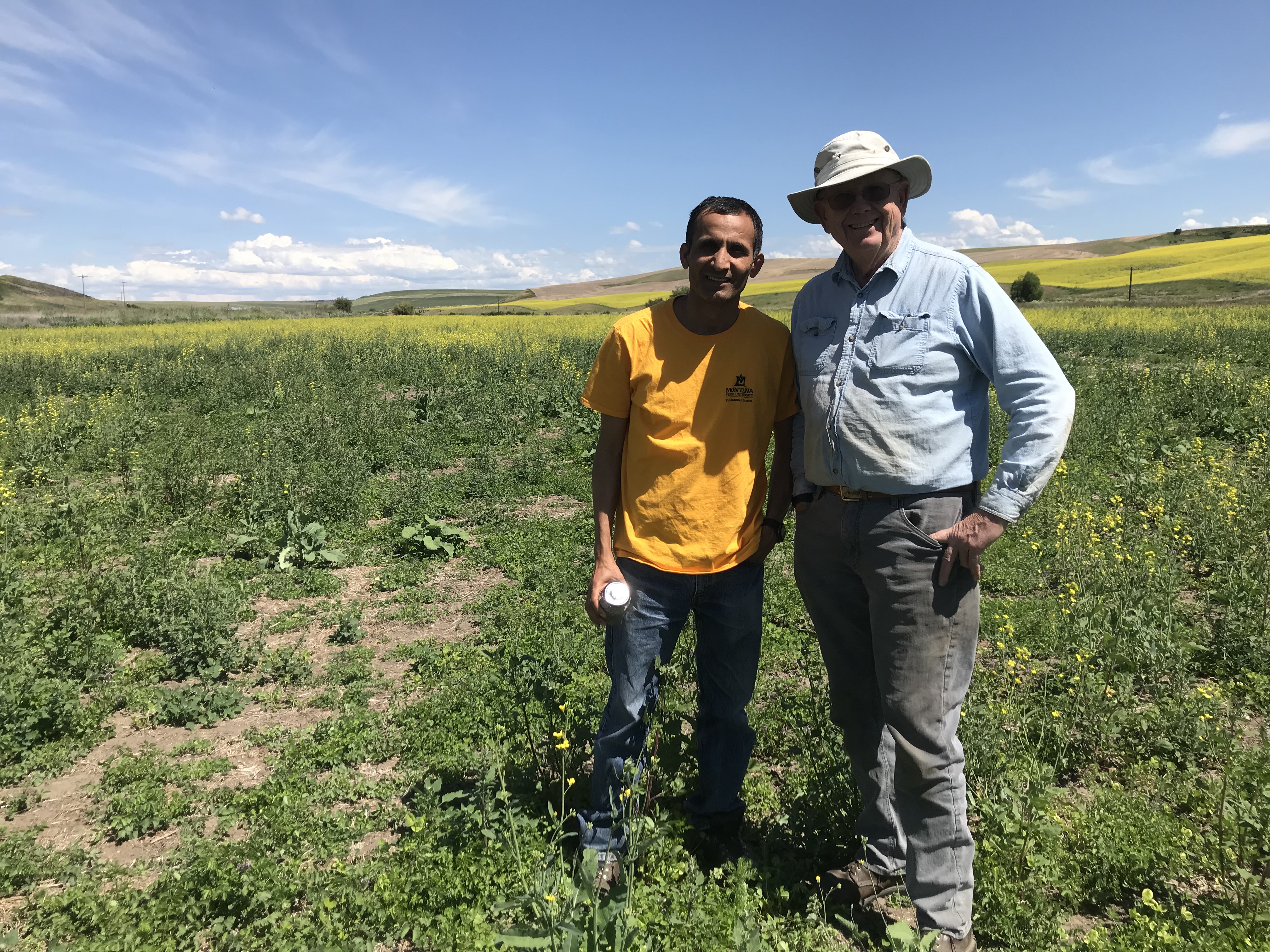
Learn more about the specific objectives of the Western SARE PaNDAS project.
Learn MoreExplore the benefits of cover crops and how they can be used in your farming practices.
Cover Crop ResourcesJoin the discussion and share your experiences with other farmers.
Discussion BoardPeople

Sanford Eigenbrode (PI)
Distinguished Professor, Entomology, Plant Pathology and NematologyUniversity of Idaho

Ryan Boylan (Co-PI)
Research and Monitoring CoordinatorPalouse Conservation District

Patrick Hatzenbuehler (Co-PI)
Assistant Professor and Extension Specialist, Agricultural Economics and Rural SociologyUniversity of Idaho
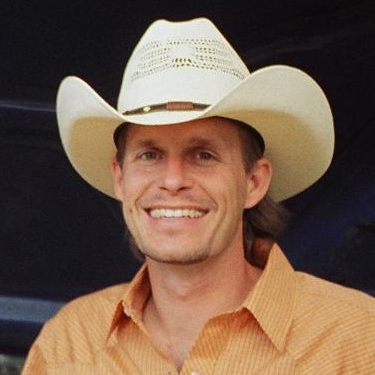
J.D. Wulfhorst (Co-PI)
Professor of Rural Sociology and Environmental Science, Department of Natural Resources and SocietyUniversity of Idaho
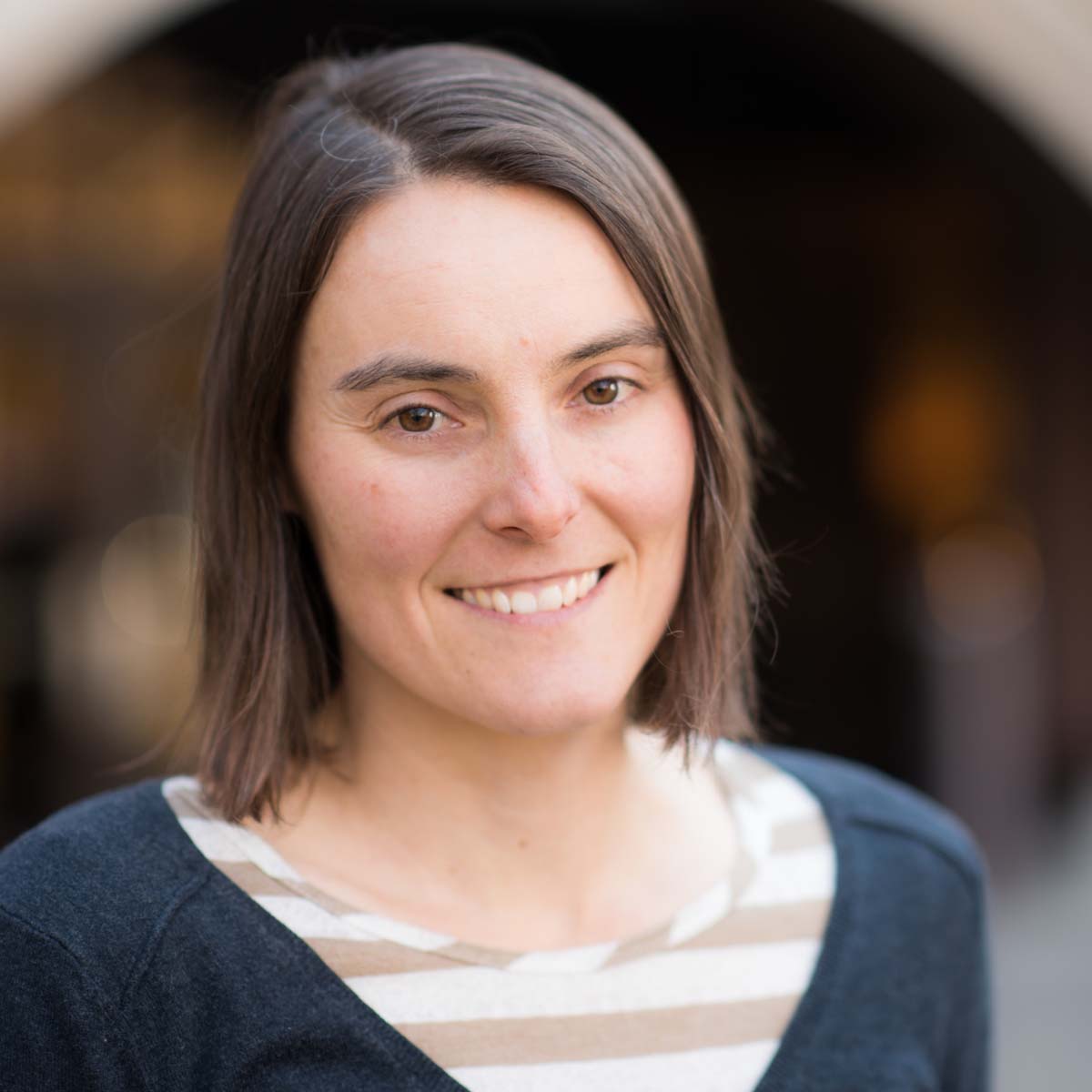
Kendall Kahl (Co-PI)
Research Specialist, College of Agricultural and Life SciencesUniversity of Idaho

Erin Brooks
Professor, Department of Soil and Water SystemsUniversity of Idaho

Brianna Slothower
Laboratory Technician, Department of Soil and Water SystemsUniversity of Idaho

Garry Esser (Co-PI)

Mark Greene (Co-PI)

Frank Wolf (Producer Cooperator)

Bruce Petty (Producer Cooperator)
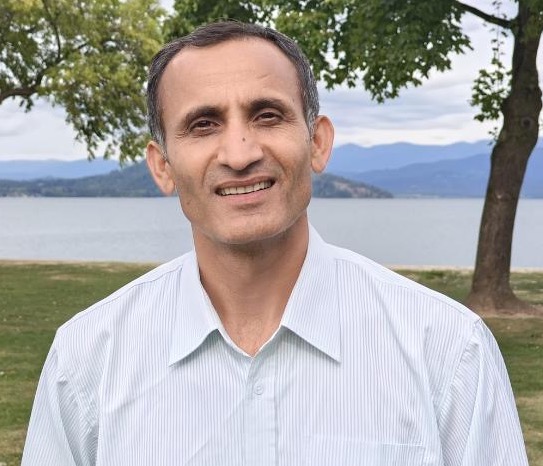
Subodh Adhikari (Co-PI)
Research Assistant Professor, Entomology, Plant Pathology and NematologyUniversity of Idaho

Doug Finkelnberg (Co-PI)
Area Extension Educator - Cropping SystemsUniversity of Idaho
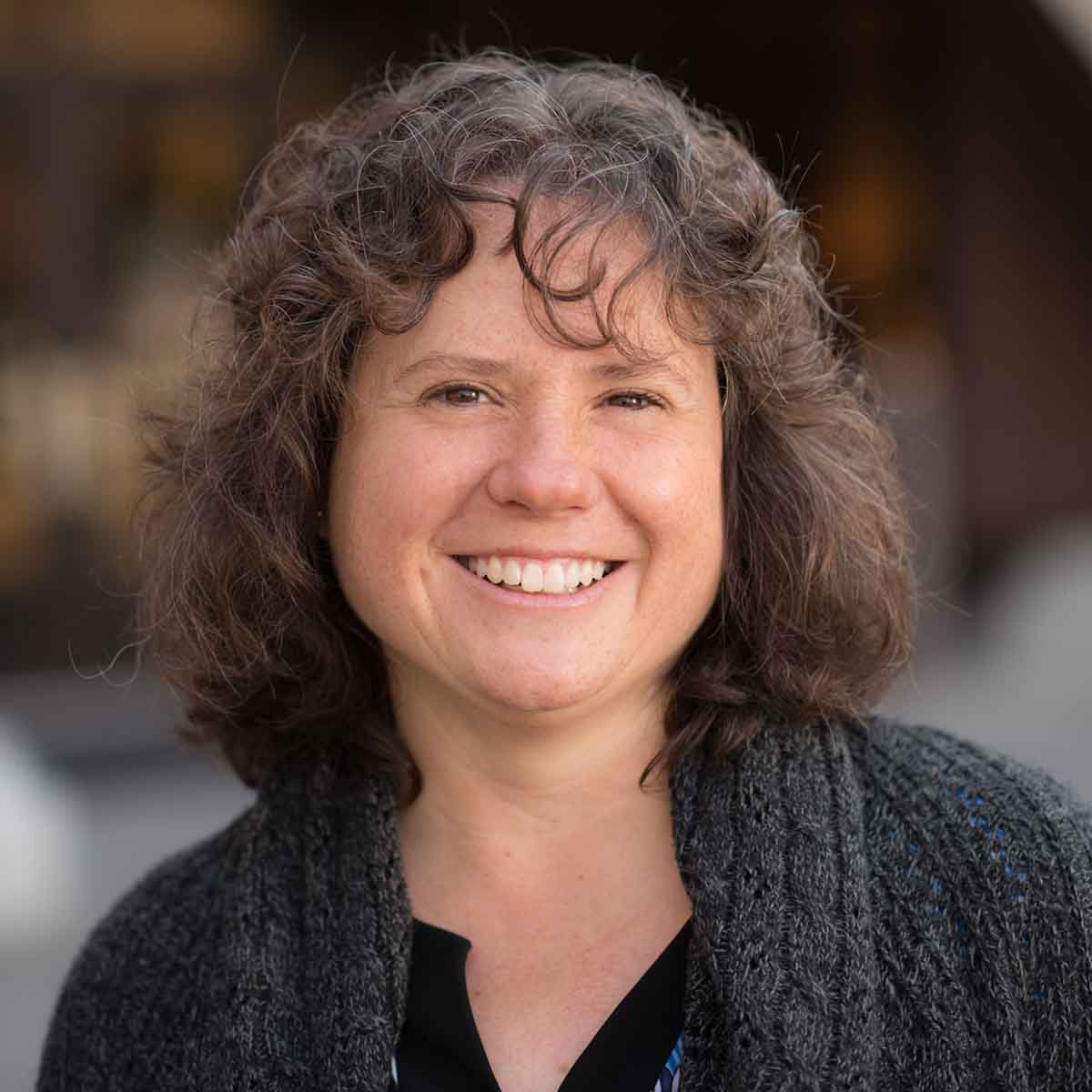
Jodi Johnson-Maynard (Co-PI)
Department Head and Professor, College of Agricultural and Life Sciences, Department of Soil and Water SystemsUniversity of Idaho
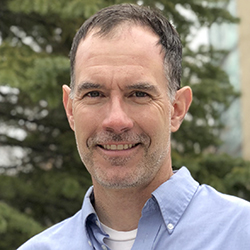
Luke Sheneman (Co-PI)
Director of Research Computing and Data ServicesUniversity of Idaho
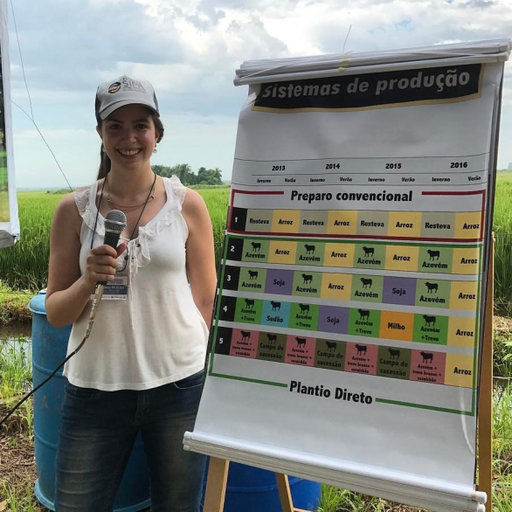
Fernanda Gomes Moojen (Researcher)
Postdoctoral Fellow, Department of Natural Resources and SocietyUniversity of Idaho
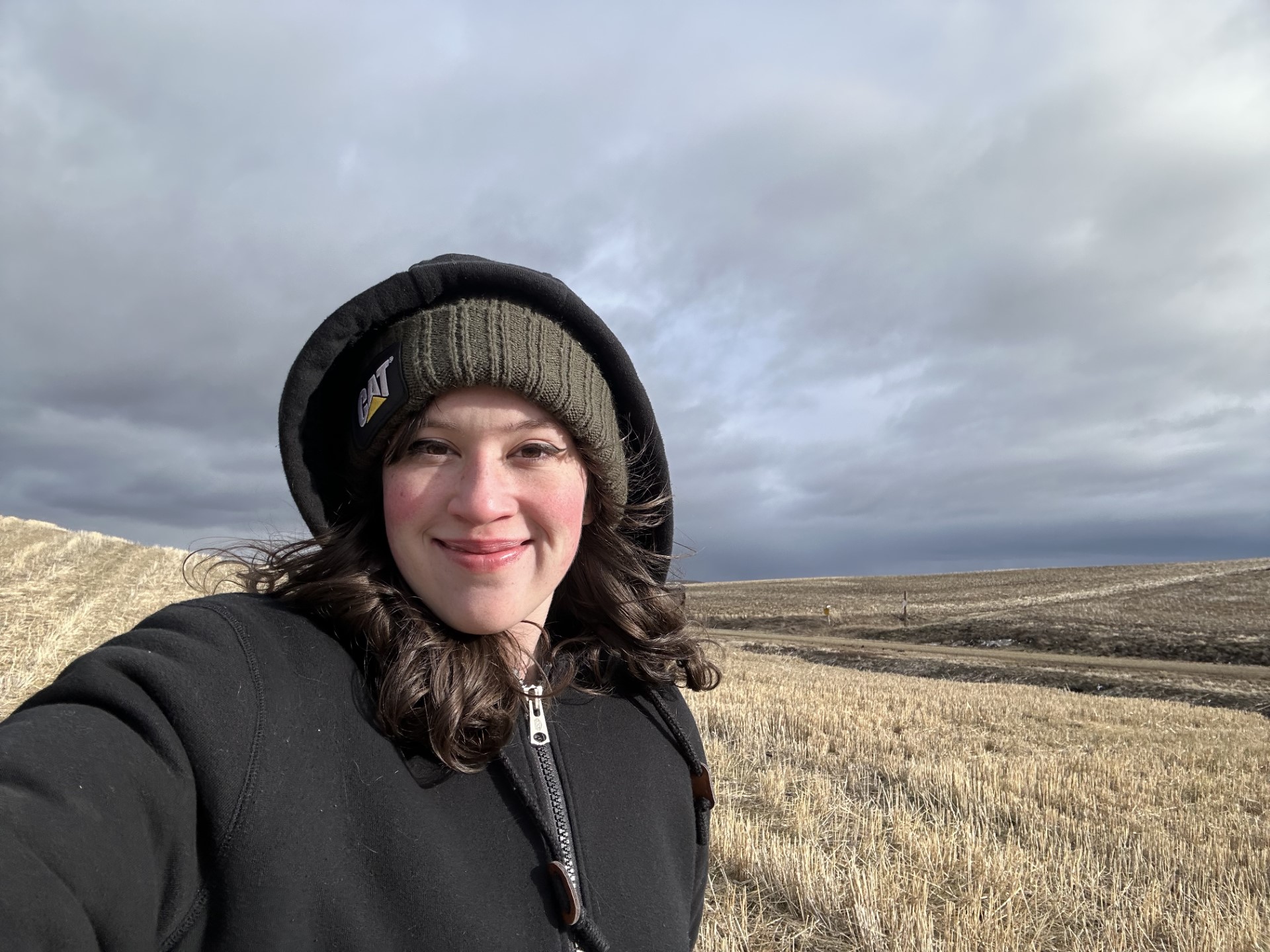
Cami Ditton
MS Student, Department of Soil and Water SystemsUniversity of Idaho

Tracy Erickson (Co-PI)

Clint Zenner (Co-PI)

Doug Schuster (Producer Cooperator)
